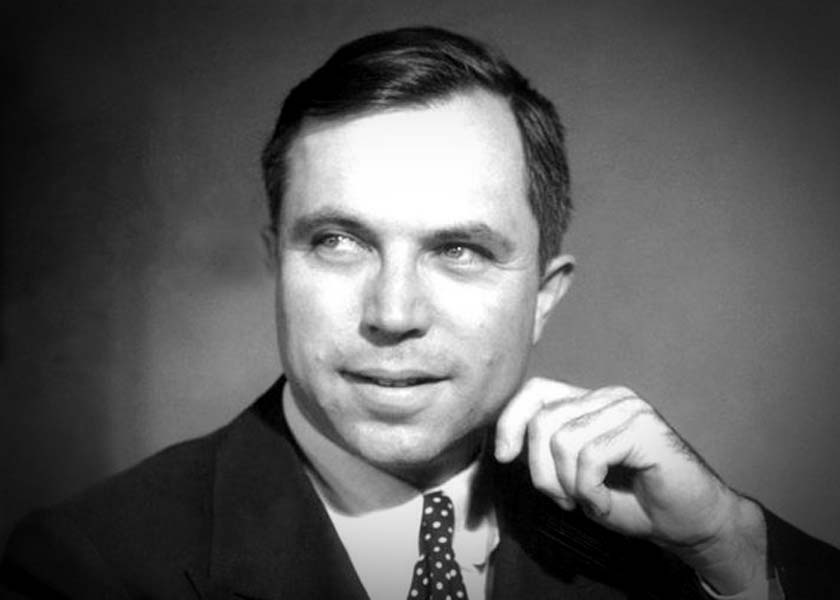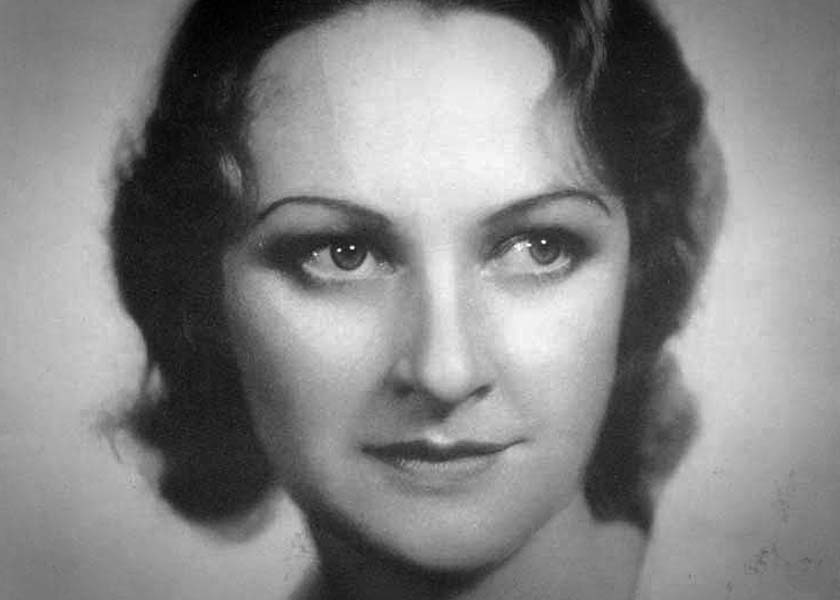Eleanor Boardman, a star of silent films, is best known as the second wife of famed director King Vidor and the star of arguably his finest film, The Crowd (1928).
Born in 1898 in Philadelphia, Eleanor Boardman was modeling for a local
photography company from an early age. At 16 years, she was featured as the
Kodak Girl
in a nationally distributed ad. Standing in a field of flowers,
she casually carries a camera. Throughout her career, she projected the youthful,
wholesome and appealing image seen at an early age in this photo. She studied at
the Academy of Fine Arts in Philadelphia, and in 1922 she went to New York to work
in set and costume design for the theater. Her career goals soon changed. A screen
test resulted in a studio contract and a trip to Hollywood.

By the end of 1922, she had appeared in her first film,
Stranger's Banquet, a Marshall Neilan Production starring Hobart
Bosworth and Clair Windsor. As a Wampas Baby Star
in 1923, her career was
promoted by the US Western Association of Motion Picture Advertisers as one of 13
young actresses on the threshold of stardom. She had her first starring part in
her fourth film, Souls For Sale (1923), a story about the making of a
movie star. Her co-star, Richard Dix, portrayed the star-making movie director.
Three Wise Fools (1923), her first film directed by King Vidor, was
made for Goldwyn Pictures. When Goldwyn merged into the new Metro-Goldwyn-Mayer,
Goldwyn's contract personnel, including Boardman and Vidor, were included in the
deal. Her first MGM film, Wine of Youth (1924), co-starred Ben Lyon
and William Haines and was directed by Vidor. Of
her 24 silent films, she made six with Vidor, who she married in 1926. Their
finest film, The Crowd (1928), ranks among the greatest American
films of all time.
Boardman's first talkie, She Goes to War (1929) was mostly silent with brief talking sequences. She appeared in seven talkies from 1930 to 1931. She played the deserted wife of John Gilbert in his disastrous second talkie, Redemption (1929). Boardman considered Redemption one of her personal favorite pictures because she wore such pretty clothes. She was loaned to Tiffany Studios to star with Jean Hersholt and Ralph Forbes in Mamba (1930), one of the earliest Technicolor films. The Great Meadow (1931) is an elaborate production about a newly wedded couple settling in the wilds of Kentucky in the 18th century. She has a relatively brief role in her final Hollywood film, The Squaw Man (1931), directed by Cecil B. DeMille. Her character, the true love of the hero, appears only at the beginning and the end of the film.
According to Boardman, her film career ended in 1932 when MGM cancelled her contract. She was in Hawaii with Vidor trying to salvage their marriage. The studio cabled her to come back for a loan out to Paramount, and she refused. She was through with Hollywood. She had been working continuously for nearly ten years going from one film to the next and had apparently tired of making movies. She left California and moved to Europe in 1933. She made her last film, The Three Cornered Hat (1935) directed by Harry d'Abbadie d'Arrast, in Spain. The story, derived from a popular 19th century Spanish novelette, concerns a magistrate's attempts to seduce the miller's virtuous wife. Victor Varconi, a Hungarian who had migrated to Hollywood in the 1920s, played the miller.
In 1940, Boardman married d'Abbadie d'Arrast, a Frenchman who had been in Hollywood from 1927 to 1933 before returning to Europe. They lived in Spain until the outset of World War II when they returned to the US. After the war, they moved back to Europe. After the death of d'Arrast in 1968, she spent her final years in Santa Barbara, California. Eleanor Boardman died in 1991 at the age of 93.
Eleanor Boardman would have been a silent film star even without her association with King Vidor. She is a charming actress. Her acting is sincere, restrained, and intelligent and her personality warm and pleasing. She is good-looking, but not a great beauty or a glamourous type. In The Crowd, which traces the life experiences of a typical American man, Boardman, deglamorized in makeup and dress, is outstanding as a middle class wife and mother. In addition to The Crowd, she starred in several first-rate, highly entertaining silent films. The Circle (1925), directed by Frank Borzage, depicts the situation and relationships of W. Somerset Maugham's eponymous play, a comedy of manners, without his witty dialogue. Memory Lane (1926), a sentimental and humorous romantic drama, also features Conrad Nagel and William Haines. In Tell It To the Marines (1926), Boardman has a relatively small part as the nurse loved by Haines and Lon Chaney. The relationship between the two men forms the center of the humorous and dramatic story.
In sound films, her voice is fine, but her acting is somewhat stiff and unpolished. Her transition to talkies was relatively smooth, but after seven talking films, she had not developed a distinctive or effective acting style. The talking films she appears in are likewise undistinguished. The most interesting, Mamba (1930) and The Big Meadow (1931), are appealing only in a historical sense. Three years into sound films, her career faltered. Her studio, MGM, was loaning her out as much as they were using her.
By 1933, her marriage to King Vidor was ending, and she was tired of the factory-like conditions of filmmaking. Although she liked Irving Thalburg, she had bad relations with Louis B. Mayer, the head of MGM. She was happy to end her career and move to Europe.
Late in life she had little respect for her films. She told William Drew that except for The Crowd she was not proud of any of them. Looking back on her career, she sometimes thought that she had not known what she was doing, and just tried to act normally, and do what she was told. She went from one picture to another, and did not remember much about any of them.
As this examination shows, Eleanor Boardman's judgment of her career was much too harsh.
Further Reading

